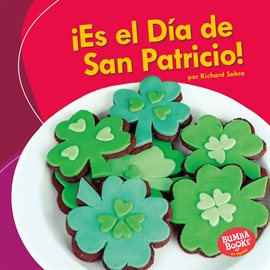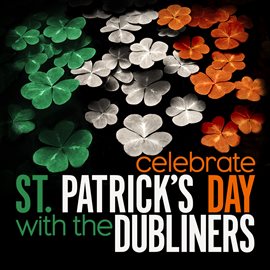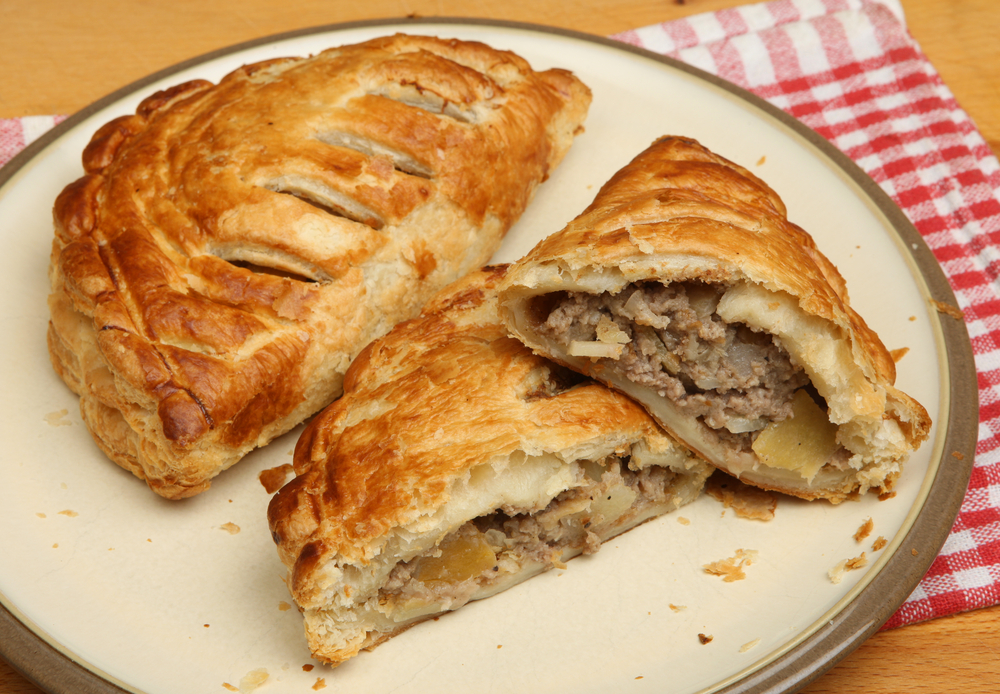Saint Patrick's Day is a religious and cultural holiday celebrated by the Irish (and non-Irish) annually on March 17. Take a journey with us through various TCCL resources and databases to learn more about St. Patrick and the day name for him. Click on a photo or link below to learn more. If prompted, enter your TCCL card number and/or your last name to access the database resources.
From UXL Encyclopedia of World Mythology (Vol. 4.), available for browsing in our Gale eBooks database.
St. Patrick's status as a legendary figure reflects the importance of conversion in Christianity. Irish cultures that existed before the spread of Christianity were often described by Christians as “pagan,” a term that not only described a belief in more than one god, but also suggested to other Christians an absence of true religious belief. Many Christians such as St. Patrick considered it their duty to convert members of these other belief systems to Christianity, and indeed, many were very successful. The adoption of a specific saint such as Patrick by Ireland allows the converted to retain an individual national character even as their own unique, native belief systems fade from prominence.
Key Themes and Symbols: To most, St. Patrick serves as a symbol of Ireland and its now firmly established Christian tradition. One theme found in the myth of St. Patrick is the personalization of Christianity; Patrick uses a beloved native plant, the shamrock, to explain the Holy Trinity to the Irish people. It has been suggested that the snakes St. Patrick drove from Ireland—a country never known for having many snakes—symbolize the nature-oriented belief systems that existed before the spread of Christianity. In Christian mythology, the serpent also frequently symbolizes evil, as in the myth of the Garden of Eden.
Hoopla has dozens of instantly available digital items about St. Patrick's Day for all age groups. Browse the options HERE, or click an image below to find that item in Hoopla.
Patrick: Patron Saint of Ireland by Tomie DePaola. https://tccl.bibliocommons.com/item/show/5391252063
Our AtoZ World Food database is another great source of information about cultural food, especially foods used in special occasion celebrations or feasts. Learn more about the relationship between food and St. Patrick's Day from the below information, found in the Ireland entry of AtoZ World Food:
As a predominantly Roman Catholic country, Ireland has a long tradition of abstaining from meat on Wednesdays and Fridays, even outside of Lent. In Gaelic, Céadaoin (Wednesday) actually means “first fast,” and Aoine (Friday) means “fast.” Business on Fridays is brisk for fishmongers, who make 30 percent of their weekly revenue on that day, as church doctrine allows the consumption of fish during fasts.
Historically, Catholics did not eat any meat during Lent, but today, it is more common for believers to give up certain foods, such as sugar or alcohol. On Good Friday, the Irish eat hot cross buns, a sweet, spiced pastry with a cross pattern on top, symbolizing Jesus’ crucifixion.
St. Patrick’s Day has become an international day of merrymaking and cultural celebration of Ireland around much of Western Europe and the United States, but in Ireland it is actually a religious holiday commemorating St. Patrick, who brought Christianity to the island. Since the feast day usually occurred during Lent, the Church lifted fasting restrictions for one day, which gave rise to the tradition of copious alcohol consumption, particularly Irish whiskey, beer, and cider.






 Pasties
Pasties